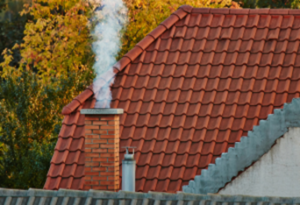What Does BTU Mean In Air Conditioning?
In the realms of chimneys, fireplaces, and HVAC systems, we often encounter technical terms that might seem cryptic to the average homeowner. One such term that frequently pops up, especially in discussions about air conditioning, is “BTU.”
At Lindemann, we believe in empowering our customers with knowledge. Thus, we’ve dedicated this post to explain the concept of BTU, its significance, and how it influences your air conditioning choices.
Understanding BTU: The Basics
BTU stands for British Thermal Unit. In the simplest terms, it’s a measure of energy. Specifically, a BTU represents the amount of energy required to raise the temperature of one pound of water by one degree Fahrenheit.
But what does water heating have to do with air conditioning, you might ask? Well, when we talk about BTUs in the context of air conditioning or heating systems, we’re referring to the unit’s capacity to remove or add heat.
BTU and Air Conditioning Capacity
The capacity of an air conditioner is often denoted in BTUs per hour. For example, a 12,000 BTU air conditioner can remove 12,000 British Thermal Units of heat from a room in an hour. The higher the BTU rating, the more powerful the air conditioning unit, meaning it can cool a larger area or cool an area more quickly.
How to Convert BTU to Kilowatts
Understanding the concept of BTU is just the beginning; sometimes, you may need to convert these units into more globally recognized metrics, like kilowatts. Whether you’re comparing HVAC units, discussing specs with international contacts, or analyzing energy consumption data, converting BTU to kilowatts (kW) can be essential.
The Conversion Formula
To convert BTU to kilowatts, you’ll need to use the following formula:
kW=BTU×0.000293
Where:
- BTU represents the British Thermal Units you want to convert.
- 0.000293 is the conversion factor (this is derived from the fact that 1 BTU is approximately equal to 0.000293 kilowatts).
- kW will be the result, giving you the equivalent energy in kilowatts.
An Example
Let’s say you have an air conditioning unit with a cooling capacity of 10,000 BTUs, and you want to know how much energy that is in kilowatts.
Using the formula:
kW=10,000×0.000293
kW=2.93
So, a 10,000 BTU air conditioning unit has a cooling capacity of approximately 2.93 kilowatts.
Why This Conversion Matters
While BTU is a prevalent unit in the U.S., especially in the HVAC industry, other parts of the world might use kilowatts as their standard measurement for power.
Understanding how to convert between these two can make product comparisons, energy evaluations, and international business discussions much smoother. It can also assist in understanding energy bills and gauging the efficiency of various appliances.
Moreover, with the increasing focus on energy conservation and sustainable living, having a grasp over different energy metrics can help make informed choices regarding the purchase and usage of HVAC systems, ensuring optimal energy utilization.
Choosing the Right BTU for Your Space
Selecting the correct BTU for your space is vital. An air conditioner with too high a BTU rating for a small room might cool it quickly, but it could also result in a damp or clammy feeling because it will not run long enough to remove humidity efficiently.
Conversely, a unit with too low a BTU rating for a large room will struggle to cool it adequately, leading to inefficiency and increased energy costs.
A Rough Guideline From 5,000 to 50,000 BTUs
- 150 sq. ft. room = 5,000 BTUs
- 250 sq. ft. room = 6,000 BTUs
- 350 sq. ft. room = 8,000 BTUs
- 450 sq. ft. room = 10,000 BTUs
- 550 sq. ft. room = 12,000 BTUs
- 650 sq. ft. room = 14,000 BTUs
- 850 sq. ft. room = 18,000 BTUs
- 1,050 sq. ft. room = 22,000 BTUs
- 1,250 sq. ft. room = 26,000 BTUs
- 1,450 sq. ft. room = 30,000 BTUs
- 1,650 sq. ft. room = 34,000 BTUs
- 1,850 sq. ft. room = 38,000 BTUs
- 2,050 sq. ft. room = 42,000 BTUs
- 2,250 sq. ft. room = 46,000 BTUs
- 2,450 sq. ft. room = 50,000 BTUs
One thing to keep in mind is that these are approximate values. Other factors, such as ceiling height, insulation quality, sun exposure, and even the number of people frequently in the room, can influence the required BTU.
BTU: Beyond Cooling
While this post primarily discusses BTUs concerning air conditioning, the term is universal in the heating and cooling industry. For instance, when looking at heaters, fireplaces, or boilers, the BTU rating indicates the amount of heat the unit can produce.
Knowing the BTU rating, whether for cooling or heating, provides a standardized way to compare the efficiency and capacity of different models.
Efficiency and Energy Consumption
An essential point to remember is that BTU represents capacity and not efficiency. Two air conditioners might have the same BTU rating, but one could consume less electricity due to a higher energy efficiency ratio (EER).
When purchasing a new system, it’s beneficial to consider both the BTU rating for capacity and the EER for energy consumption.
How BTUs and Tonnage are Linked
When discussing air conditioning systems, two terms you’ll frequently encounter are BTUs and tonnage. Though they may sound unrelated at first glance, they are deeply intertwined and essential to understanding your HVAC system’s capacity. Let’s delve deeper into the connection between these two units.
Tonnage: A Brief Overview
First, it’s crucial to grasp what “tonnage” means in the HVAC context. The term does not refer to the physical weight of the unit, as you might expect. Instead, it’s a measure of an air conditioner’s cooling capacity. Historically, this term traces back to the amount of heat required to melt a ton (2,000 pounds) of ice in 24 hours.
The Connection
Now, let’s establish the link. Since a BTU (British Thermal Unit) represents the amount of energy needed to raise the temperature of one pound of water by one degree Fahrenheit, it becomes the foundation for the tonnage measurement.
So, how many BTUs are in a ton? The answer: 12,000 BTUs.
This means a 1-ton air conditioner has the cooling capacity equivalent to the amount of energy required to melt a ton of ice in a day, or 12,000 BTUs per hour. Consequently:
- A 1-ton AC unit has a cooling capacity of 12,000 BTUs/hour.
- A 2-ton AC unit has a cooling capacity of 24,000 BTUs/hour.
- A 3-ton AC unit has a cooling capacity of 36,000 BTUs/hour.
- And so on.
Why Understanding This Link Matters
Knowing the relationship between BTUs and tonnage can be incredibly beneficial when evaluating or comparing HVAC systems:
- Optimal Size Selection: When choosing an air conditioning system, it’s essential to ensure the unit is neither overpowered nor underpowered for your space. Knowing the BTU and tonnage helps you choose a unit that provides efficient cooling without wasting energy.
- Energy Efficiency: An accurately sized unit, based on BTUs and tonnage relevant to your space, will run more efficiently, ensuring longevity and reduced energy bills.
- Communicating with Professionals: When consulting with HVAC experts, understanding these terms helps you engage in a more informed discussion, ensuring you get the best system for your needs.
Conclusion
Understanding BTU ratings is fundamental in making an informed decision about air conditioning. It helps ensure that you choose a system that offers the right cooling or heating capacity for your space. An appropriate BTU selection not only provides comfort but also maximizes energy efficiency, leading to potential savings on utility bills.
At Lindemann, we’re committed to helping our customers navigate the world of chimneys, fireplaces, and HVAC systems. If you have any further questions about BTUs or need assistance in choosing the right system for your home, our team is always here to help.


 Chimney Flashing Installation
Chimney Flashing Installation
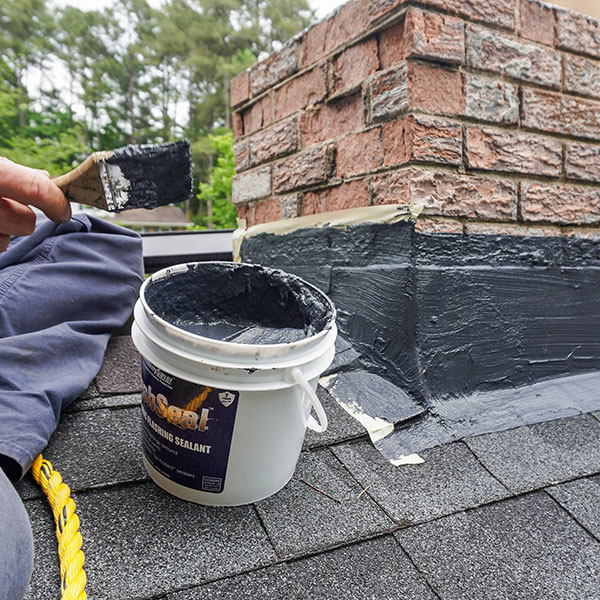 The effect of water on your home
The effect of water on your home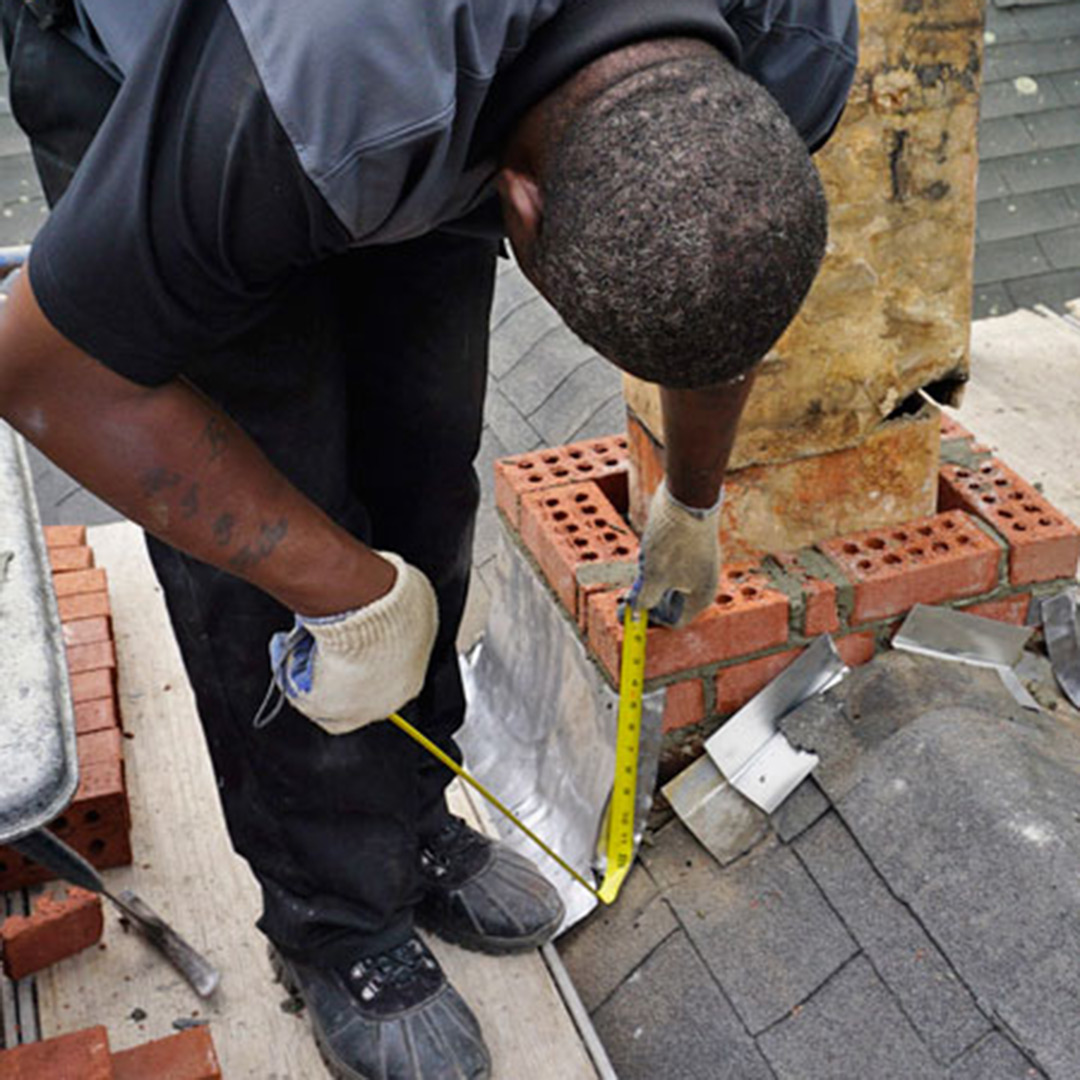
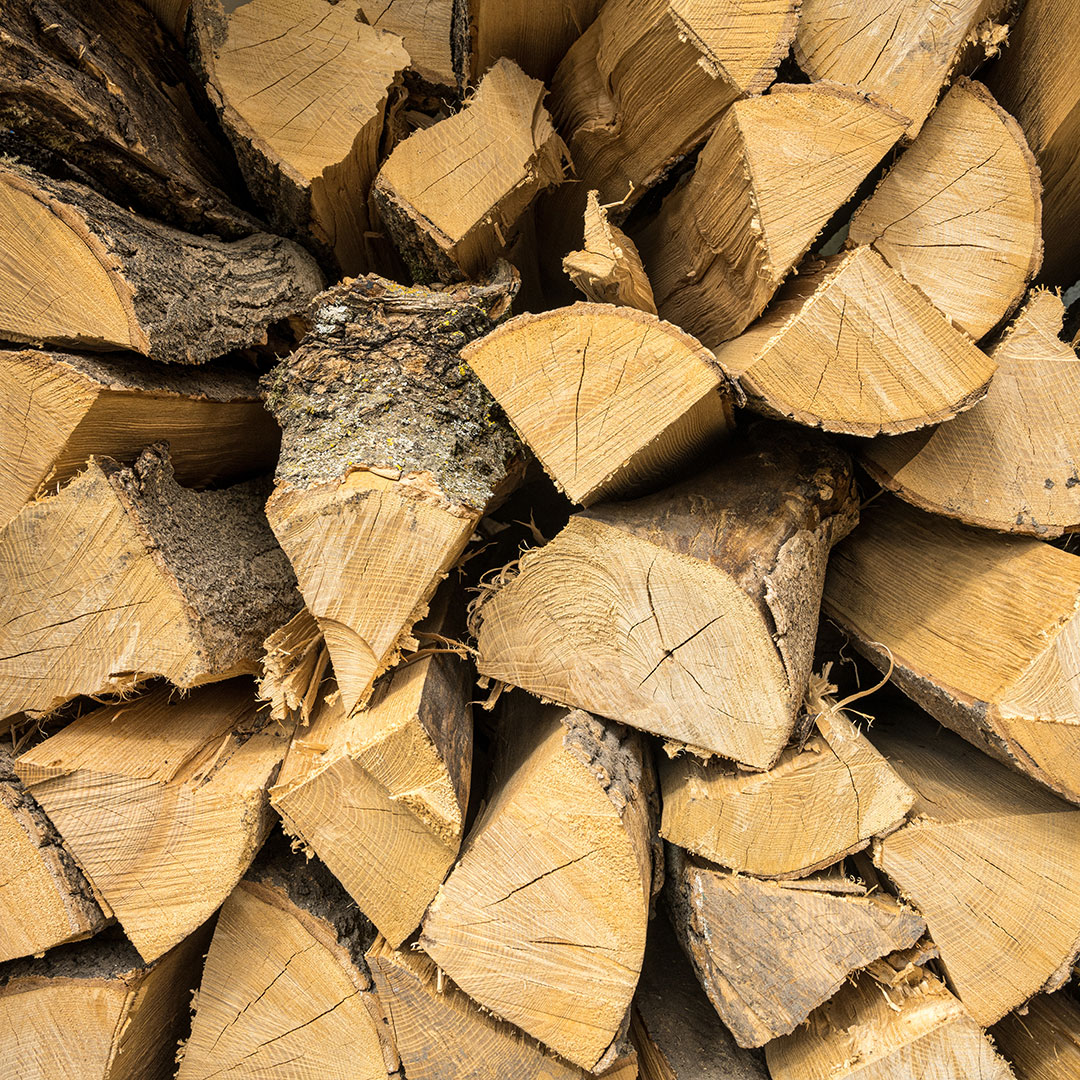 Good Types of Wood to Burn in Your Fireplace
Good Types of Wood to Burn in Your Fireplace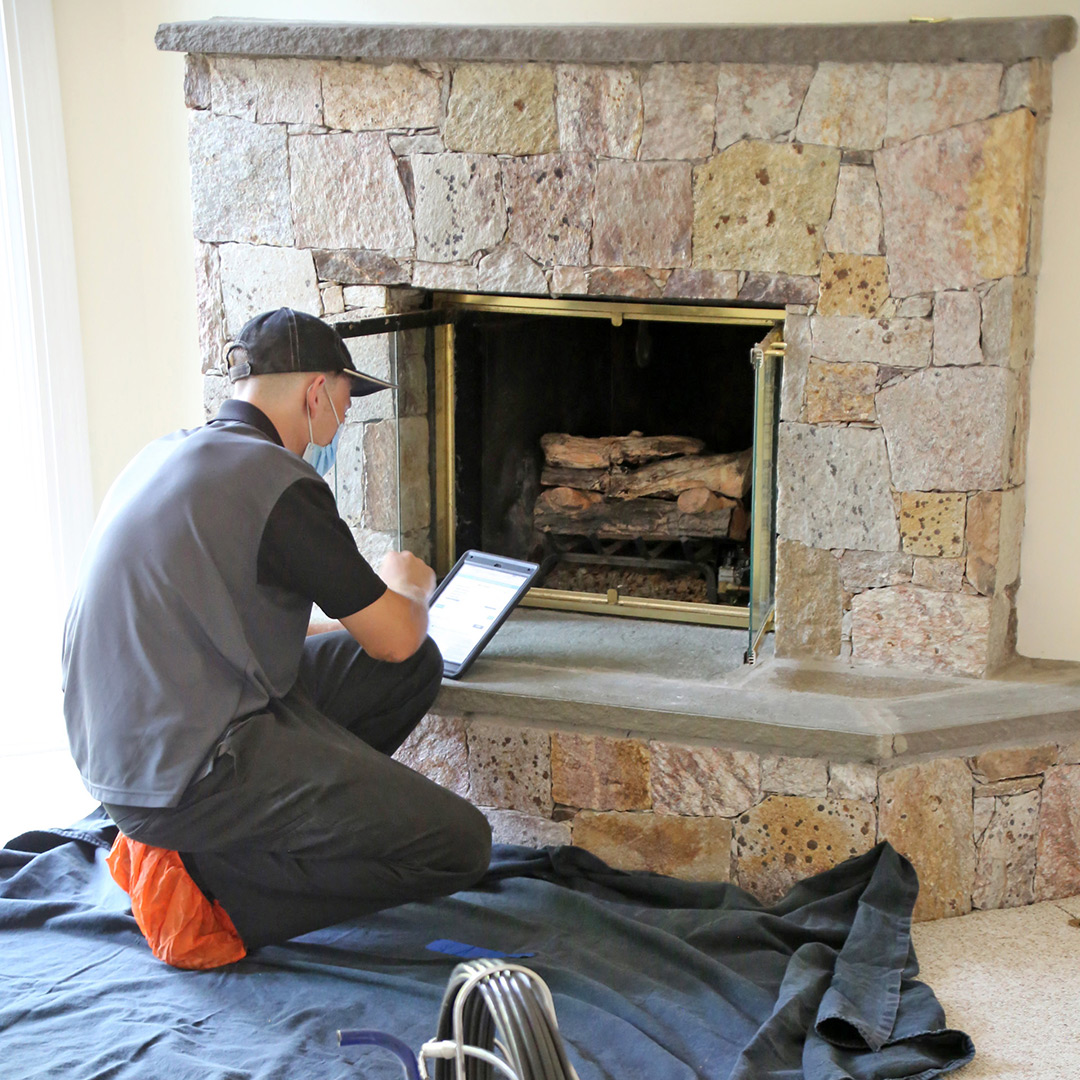 In Conclusion
In Conclusion